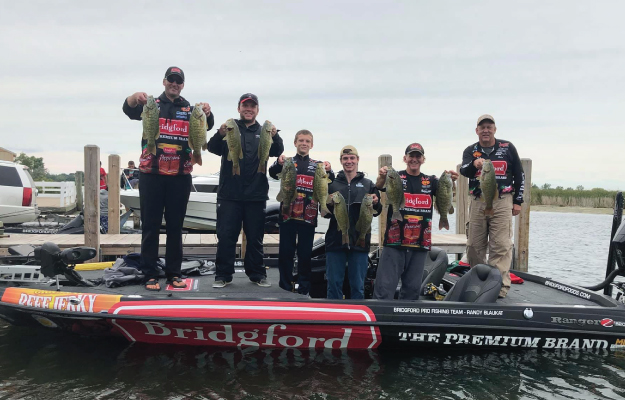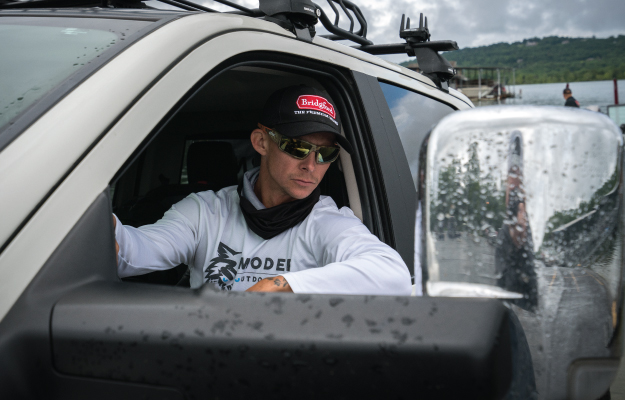The spring months are a great time to be a bass angler. The fish are starting to stir after a long winter, and they are bulking up on food before and after the energy-draining spawn. No matter where you live, there are plenty of chances to catch bass in the spring. While it’s one of the best times for largemouth and smallish, the spring season still requires smart techniques and strategic angling.
Don’t let spring slip away, use these spring bass fishing tips and you’ll be catching more bass from March through June…
- Swim Jigs can be an outstanding spring bait when the bass are shallow.
http://www.mattstefanfishing.com/article/swim-jigs-fish-catching-machines - DRESS APPROPRIATELY FOR SPRING BASS FISHING
Spring weather can be unpredictable, so make sure you are prepared by wearing top-quality fishing apparel. When it’s cold, dress in layers. You can always take a layer of clothing off to stay cool, but you can’t put a layer on if you want to warm up if you don’t have it. And don’t forget your rain gear. if the wind starts blowing hard you could get wet on spray from the boat crossing waves. - THE WARMER THE WEATHER, THE SHALLOWER THE FISH
After long periods of warmer weather, you’ll likely find bass in shallower water. They love getting into warm areas that help them shake off the winter sluggishness, so after a wee of bright, sunny days, hit the areas that you know are shallow. The opposite is true for cold weather. If it’s been cool and cloudy, the bass will likely be holding in deeper areas, such as original creek beds in reservoirs and deep pools in natural lakes. Stumps on old creek beds are excellent for cold-weather spring bass fishing. - COVER LOTS OF WATER
Really, this is a good tactic for any season. Using an aggressive, always-moving approach is a great way to be successful fishing. It will result in both quality and quantity of fish. During the spring, you should keep this philosophy close to heart, as bass are constantly moving positions.
Keep your trolling motor going and work as many areas as you can, giving two to five good casts to a spot and before moving on. When you do hook up, slow it down and meticulously work the area.
It might go against common sense, but don’t expect fish to be in that spot the next day, as spring bass are constantly shifting and bustling about. - THINK “SHALLOW CLOSE TO DEEP”
Transition points are very active areas in the spring, so look for spots of shallow water near deep water and you’ll likely find a few bass. On lakes and rivers, areas near larger creeks are often full of fish. Use your depth finder or a depth map to locate coves, points, and break-lines.
Bass often spawn in shallower creeks, but they love the creeks that have nearby depth, giving them plenty of chances for food.




